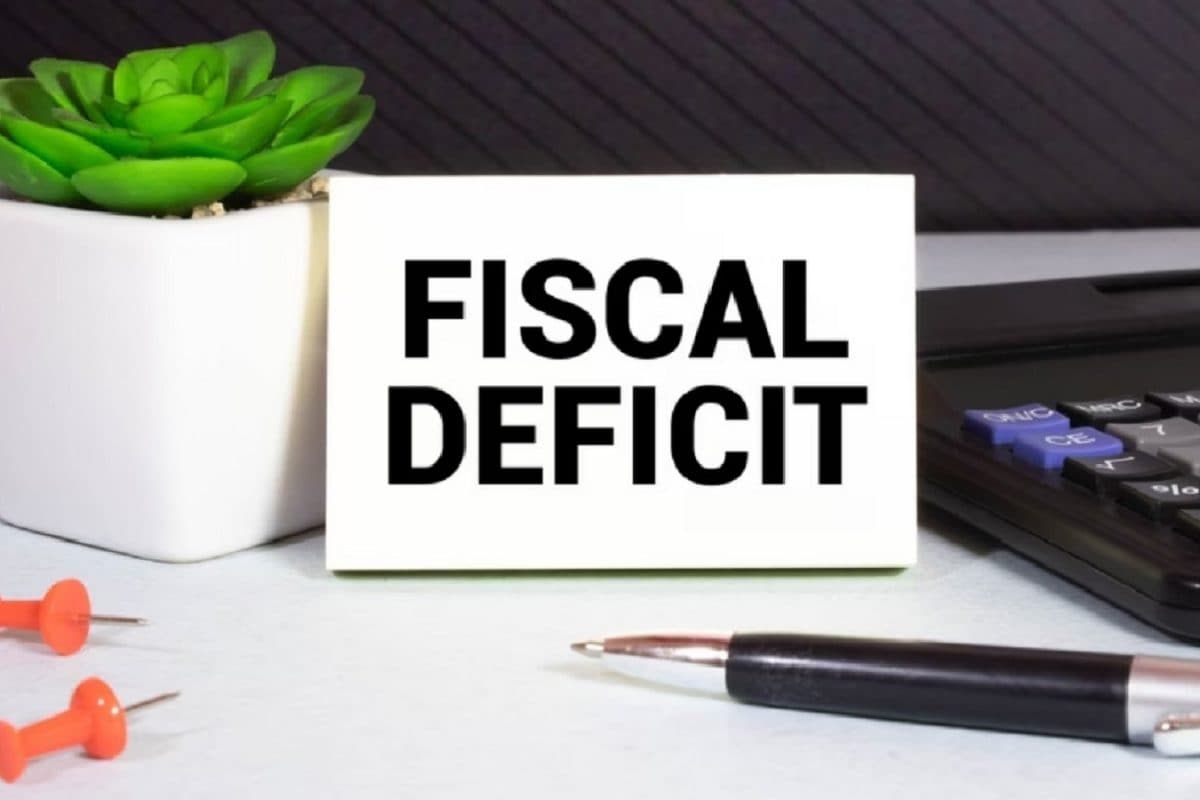

The Indian government has reported a fiscal surplus in May 2025, bolstered by a significant dividend payout from the Reserve Bank of India (RBI) and a notable increase in capital expenditure. This positive development reflects a combination of prudent fiscal management and favorable economic factors.
The RBI's dividend transfer of ₹2.69 lakh crore to the government for fiscal year 2024-25 played a crucial role in boosting the government's revenue. This dividend was 27% higher than the ₹2.1 trillion payout in FY24. The substantial increase was primarily driven by gains from dollar sales, higher earnings on foreign exchange assets, and interest income. The decision to transfer such a significant surplus came after a review of the Economic Capital Framework (ECF), which aims to enhance flexibility and risk sensitivity. Despite raising the Contingency Risk Buffer (CRB) to 7.5% of the balance sheet, the RBI was still able to provide a record dividend. This move is expected to ease the government's fiscal position and support economic growth. Some economists suggest that this surplus transfer could potentially reduce the fiscal deficit from the budgeted 4.5% to 4.2% of GDP.
Furthermore, the government's capital expenditure (capex) has seen a significant surge. Finance Minister Nirmala Sitharaman noted that infrastructure development has witnessed rapid progress in the last decade, with capital expenditure increasing from ₹2 lakh crore in 2014-15 to ₹11.21 lakh crore in 2025-26. A recent report indicated that private sector capital expenditure likely peaked in FY 2024-25, with investments rising by 66% to INR 6.56 trillion (US$77.54 billion) from FY 2021–22. The government's focus on infrastructure-led growth is evident in the increased allocation for capital expenditure in the Union Budget 2025-26, with a target of ₹11.21 lakh crore, a 10% increase from the revised estimate of the current financial year. The capital expenditure for April 2025 alone surged by 61% year-on-year, reaching ₹1.6 trillion. The Finance Minister highlighted engineering achievements such as the Atal Tunnel and Chenab Bridge as examples of the country's transforming landscape.
The government has successfully met its fiscal deficit target of 4.8% of GDP for the financial year 2024-25. The fiscal deficit stood at ₹15.77 lakh crore, or 4.8% of GDP, aligning with the revised estimate set by the Union Budget. The government aims to further reduce the fiscal deficit to 4.4% of GDP in 2025-26, continuing its path of fiscal consolidation.
These developments indicate a positive trajectory for the Indian economy, with increased revenue, prudent fiscal management, and a strong emphasis on infrastructure development.